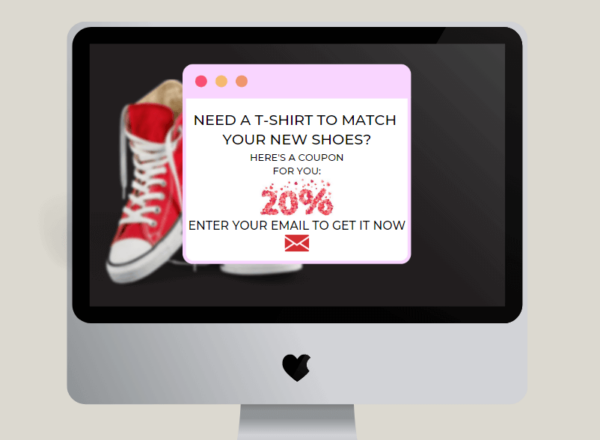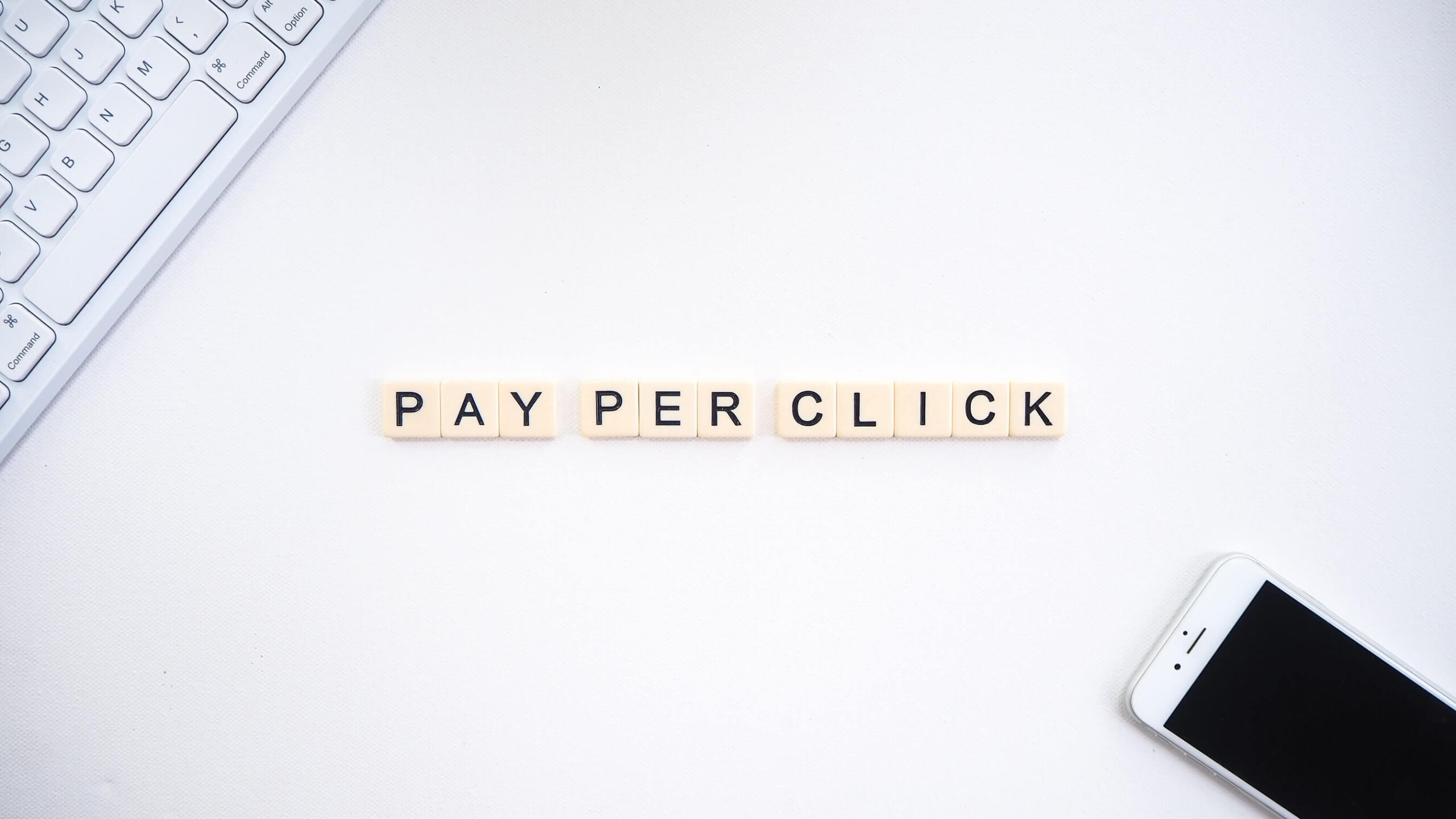Everything from the ancient handaxe to the modern smartphone was developed following the same cycle. It starts out as a chaotic mess and becomes more organized with time as we establish a tight net of rules, just like in myths of old when people were born from “the great nothingness”. One of the best examples of this is the Internet. Many of us were able to watch it develop from being a type of information repository organized without any rhyme or reason to the modern, regulated Internet with directives like GDPR and search engine algorithms.
Establishing common rules in society is what helps us as humans to be able to live (mostly) harmoniously with each other on a higher level. Thus, we thrive on having and following rules in whatever we do. Today we’ll explore the topic of rules that were put into place quite long ago, but haven’t been abided by on the modern Internet… Yet. We’re going to especially hone in on etiquette — more specifically, advertising etiquette.
Why Following Advertising Etiquette is Important
Let’s start with the basics. Etiquette is a set of rules or customs that control accepted behavior in particular social groups or social situations, according to the Cambridge Dictionary. We can speak for just about everyone when we say that the internet operates somewhat like a social situation, especially when focusing on human interactions. Advertising is a one-way interaction made by a company and targeted to a particular type of individual.
Given how personal and impactful marketing is, wouldn’t it be nice to have some kind of rules determining what can and can’t be done in advertising? Simple rules, like: don’t lie, don’t manipulate, please do not invade personal space. Funnily enough, modern online marketing practices are sometimes the exact opposite of these examples and usually have dedicated technical tools that help them “break the rules”.
As an advertiser myself, I usually look for ways to make my ads resonate with the people who they’re targeted towards. This isn’t always possible, though, when businesses have different ideas of what advertising should be. Unfortunately, lies, manipulation and other inappropriate behavior have the potential to be profitable, which is why companies sometimes push advertisers to those methods.
Not every advertising agency pushes back, either. It may come as a shock to know that those who teach advertising usually don’t denounce these irritating methods of advertising. Instead, they’ll add a simple disclaimer of “use sparingly, be careful not to annoy people too much”. Doesn’t sound like great advice, does it?
By writing this article, I hope to raise awareness of marketing practices that don’t take into consideration the target audience’s user experience, so that businesses can identify and avoid them. Ultimately, it all boils down to three major points: People should become more educated and less susceptible to manipulative marketing, advertisers should stop using “rude” marketing tactics and businesses should stop making money off of such efforts. Someday, it could be our reality to not have to deal with pop-ups or spammy emails, but for now, let’s open up a conversation about it.
Fake countdowns

Have you ever visited a nice little e-commerce store, where the special offer is declared on the website homepage? You can pretty much count on finding a countdown somewhere nearby. The time is usually limited to a couple of hours. But if you stick around long enough, you may notice that the timer on the page will refresh and start over. This may be surprising for some to learn, but the timer has probably been there since the website’s first launch (which can be verified in web archives for anyone curious to check). It’s created to add a sense of urgency, a rush in the customer’s mind, that will push them to a hasty purchase. In marketing language, this is called an “impulse purchase”, and indeed, its purpose is to suppress rational thinking. People don’t have a good sense of judgment when making rash decisions in general, and this logic also applies when it comes to marketing.
It’s worth pointing out that a promo countdown in and of itself is not inherently bad. It’s absolutely fine to use if there is a legitimate reason for having a countdown in the first place. While we could argue that it’s still a manipulative tactic, as long as false information and trickery are not being used, this is fair game. No discount can be permanent, right? Because such practices make it hard to distinguish between real and false discounts, the fake countdown gets onto the rude marketing behavior list and, in my opinion, should be more closely regulated if we want a future where the most civilized competition is the one that wins the race.
Popup banners

They are like an overzealous salesperson working in a regular brick-and-mortar shop. You’re enjoying your time alone, eyeing some shoes that caught your attention, and they just pop up at your side without asking for permission or being asked to help. They don’t want you to buy only the things that you have on your list, they want to upsell you on things you may not necessarily have any need for. This same approach accounts for a lot of online businesses’ ad pop-up banners, which jump out at you while you scroll through the website (or even when you’re trying to leave it). Imagine being interrupted in a restaurant by a server who wants to sell you another dish after you’ve already ordered. You probably wouldn’t appreciate the gesture, and advertisers know that. So why do they still keep pushing?
The reason behind this technique is simple. Advertisers are trying to catch you off-guard, usually asking you to do something simple, and you quickly give in (even if just to get rid of the pop-up banner). Their final attempt is to get you onto their lead list, which gives them the opportunity to sell something to you via email marketing. It wouldn’t be so rude if the pop-up banner didn’t completely block us from doing what we were doing. Sadly it is, so we must relegate it to the rude marketing category.
Overused remarketing

Remarketing is a common practice in the marketing industry. Here’s how it works: you visit the website and express your interest in a particular product by viewing it. This product is going to appear later on other websites you visit to remind you to finish the purchase. This is fine when, after a day or two, these ads stop showing up on your browser. However, remarketing normally lasts much longer. Usually, advertisers are trying to squeeze the purchase out of you and send you as many banners as possible in the 30 days after you initially view their product.
The reason behind the popularity of remarketing ads is also quite simple. The more you see the product, the more likely you will buy it from the marketplace that you’ve visited. You will be less likely to buy it from a competitor with a cheaper price or faster delivery. While remarketing is not generally frowned upon, the advertiser should pay more attention to limiting the impressions. It’s one thing to remind your leads that you’re still there, but it’s another to be so pushy that you drive them away. Normally there are two reasons that a lead may be bombarded by remarketing: this happens both because of regular business greed (intentional) but also because of faulty advertising campaign setup (unintentional).
How to avoid bad word of mouth with PPC advertising
There are countless ways you can make paid advertising work for your business while avoiding breaching user trust or being too assertive. I imagine someday, marketers and consumers will be able to coexist in relative harmony on the internet, and that is why I am creating these three etiquette rules for online advertising.
1. Leave early
Don’t be too pushy. Lead your customers to your website, retargeting them with ads a couple of times, and then back off. People have their lives to live and other products to buy. If people aren’t buying your product, either they don’t want it or your product isn’t up to snuff.
2. Don’t interrupt
Mind your manners. Don’t interrupt people from what they are doing unless asked. This way, you can build a relationship that will last longer. People enjoy pleasant company.
3. Be sincere
Nobody likes liars: not within brands, nor within people. If you’ve lied once, it will be hard to come off as trustworthy in the future, especially if your lies lead to an unpleasant experience. Long-lasting brands are (usually) trying to be honest.
These are the first rules of advertising etiquette, and I would definitely enjoy seeing more in the coming years — both as a citizen of the internet and an advertiser. Do you feel the same? Want to know more about advertising etiquette? Hit us up — we love to chat!


This is a great article, thanks for sharing!